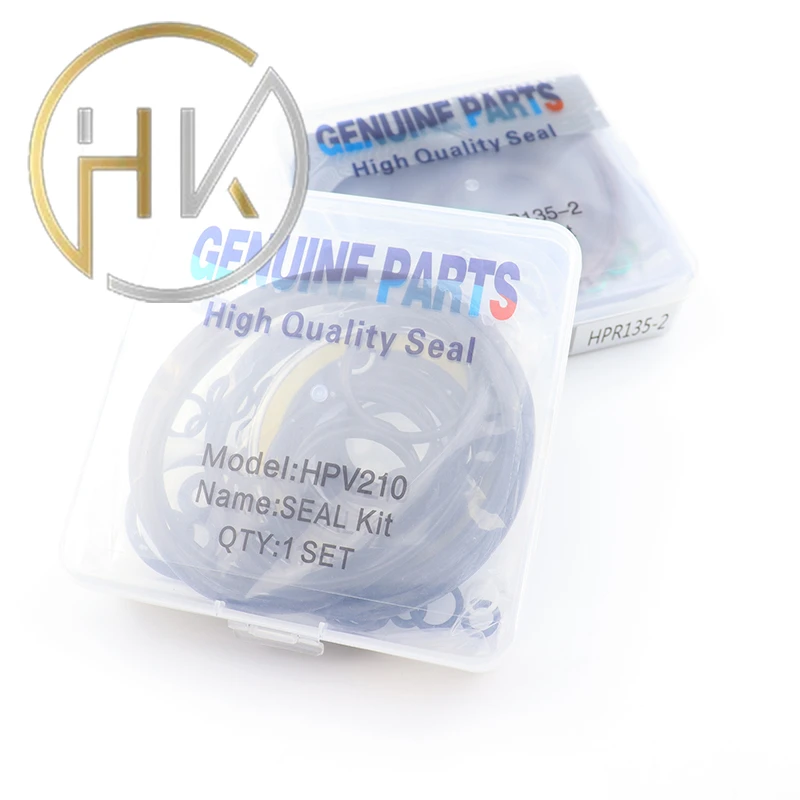Dec . 21, 2024 02:28 Back to list
dust seal vs oil seal
Dust Seal vs. Oil Seal Understanding the Differences and Applications
In the realm of mechanical engineering and machinery maintenance, seals play a vital role in ensuring the efficiency and longevity of equipment. Among the various types of seals used, dust seals and oil seals are two of the most common. Though they serve different purposes, understanding their functionality and the contexts in which they are applied can significantly enhance the performance and reliability of machinery.
What are Dust Seals?
Dust seals, also known as static seals, are primarily designed to prevent the ingress of dirt, dust, and other contaminants into mechanical systems. They are typically used in applications where the operating environment is exposed to particulate matter. Dust seals can be found in various machinery components, such as bearings, hydraulic cylinders, and various automotive parts.
Constructed from materials such as rubber, polyurethane, or felt, dust seals are generally designed to fit closely against the surfaces they protect. Their primary function is to create a barrier that prevents dust and other solid contaminants from entering the assembly, thereby reducing wear and tear on moving parts and enhancing overall performance.
What are Oil Seals?
Oil seals, also referred to as oil rings or lip seals, are specifically engineered to retain lubricants within a machinery assembly while preventing contamination from external particulates or fluids. These seals are crucial in applications where lubricant leakage could lead to significant operational issues or equipment failure. Oil seals are commonly found in engines, gearboxes, and various rotating equipment.
The design of oil seals typically includes a flexible lip that exerts pressure against the shaft, ensuring a tight seal that minimizes leakage. While oil seals also protect against particles entering the system, their main objective is to contain the lubricant necessary for optimal operation, thus facilitating smooth movement and reducing friction between components.
dust seal vs oil seal

Key Differences
While both dust seals and oil seals are crucial in maintaining the integrity of machinery, their primary purposes and designs differ significantly. Dust seals focus on excluding contaminants from entering an assembly, while oil seals aim to retain lubricants and prevent leaks.
Another significant difference lies in their construction and materials. Dust seals are generally made from softer materials suited for static applications, whereas oil seals require materials that can withstand dynamic movements and heat generated by the machinery. This difference in material also contributes to their cost; oil seals tend to be more expensive due to their specialized features and performance requirements.
Applications
Understanding the distinctions between dust seals and oil seals is important for their correct application in various industries. For instance, in the automotive sector, dust seals are commonly used in wheel bearings and suspension systems to keep dirt at bay. Oil seals, on the other hand, are essential in engines and transmission systems, preventing oil loss and ensuring efficient lubrication.
In industrial applications, dust seals are utilized in conveyor systems, motors, and textile machinery to shield components from airborne particulates. Conversely, oil seals are vital in hydraulic systems, machining equipment, and rotating shafts, where precise lubrication is critical for operational efficiency.
Conclusion
In conclusion, both dust seals and oil seals serve indispensable roles in the functionality of machinery. Recognizing the differences between the two allows engineers and maintenance professionals to make informed decisions about which type of seal to use in specific applications. By selecting the proper seal, one can enhance the machinery's performance, reduce maintenance costs, and extend its operational lifespan. Understanding these elements underscores the importance of seals in mechanical systems and the need for careful consideration in their application.
-
TCN Oil Seal Metal Ring Reinforcement for Heavy Machinery
NewsJul.25,2025
-
Rotary Lip Seal Spring-Loaded Design for High-Speed Applications
NewsJul.25,2025
-
Hydraulic Cylinder Seals Polyurethane Material for High-Impact Jobs
NewsJul.25,2025
-
High Pressure Oil Seal Polyurethane Coating Wear Resistance
NewsJul.25,2025
-
Dust Proof Seal Double Lip Design for Construction Equipment
NewsJul.25,2025
-
Hub Seal Polyurethane Wear Resistance in Agricultural Vehicles
NewsJul.25,2025
-
The Trans-formative Journey of Wheel Hub Oil Seals
NewsJun.06,2025
Products categories
















